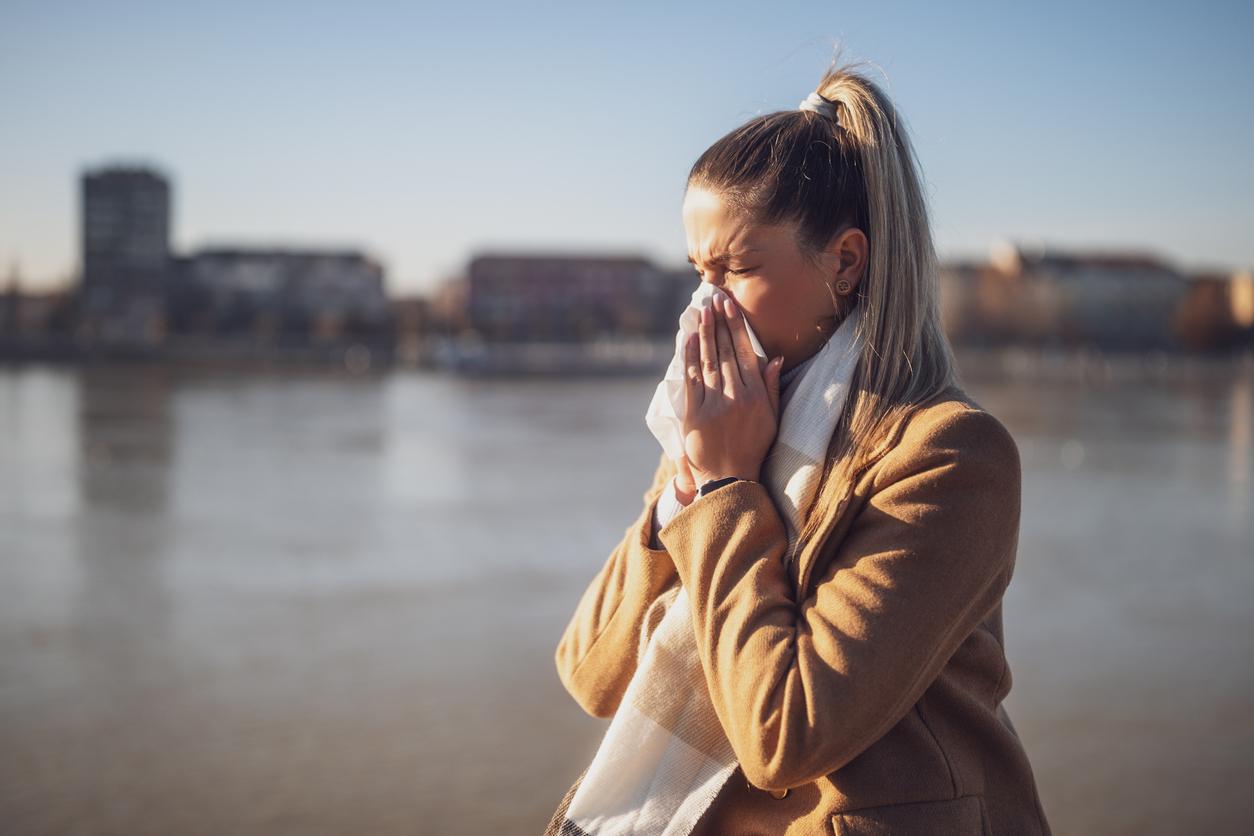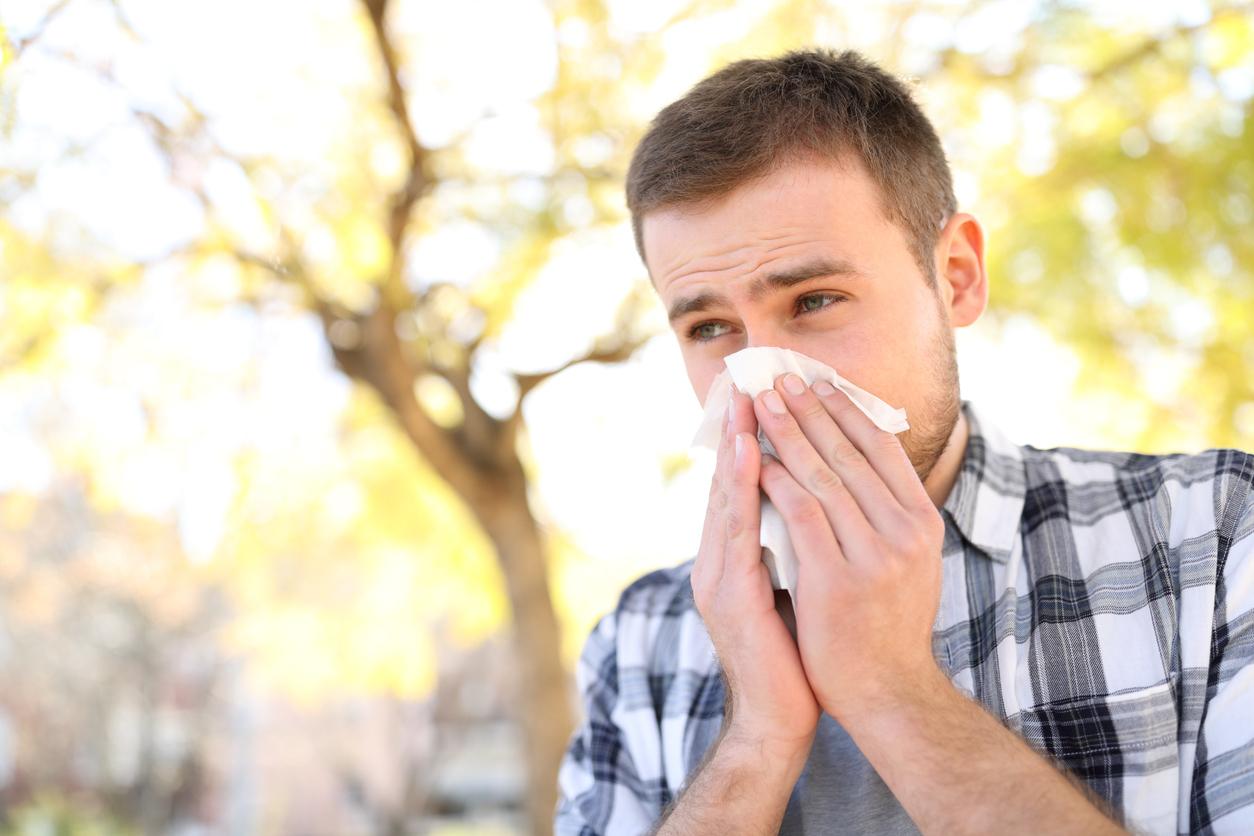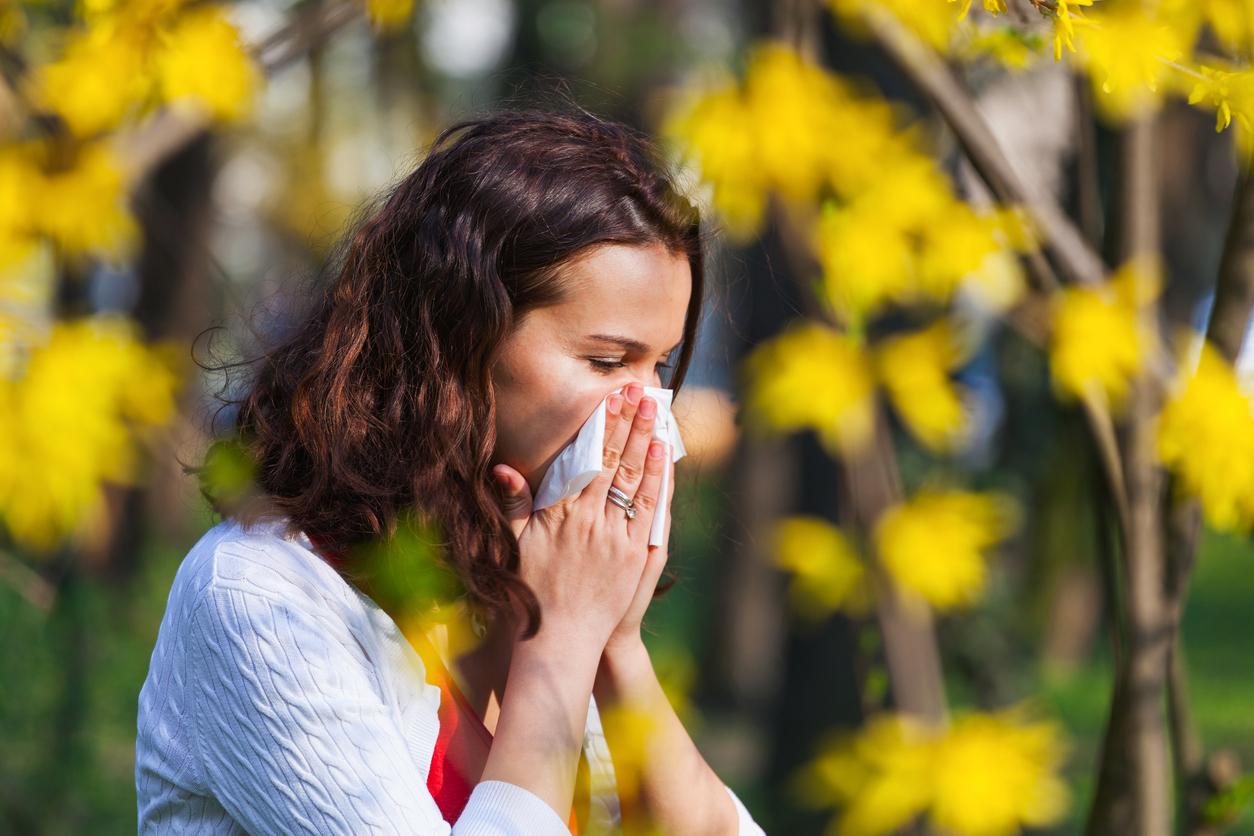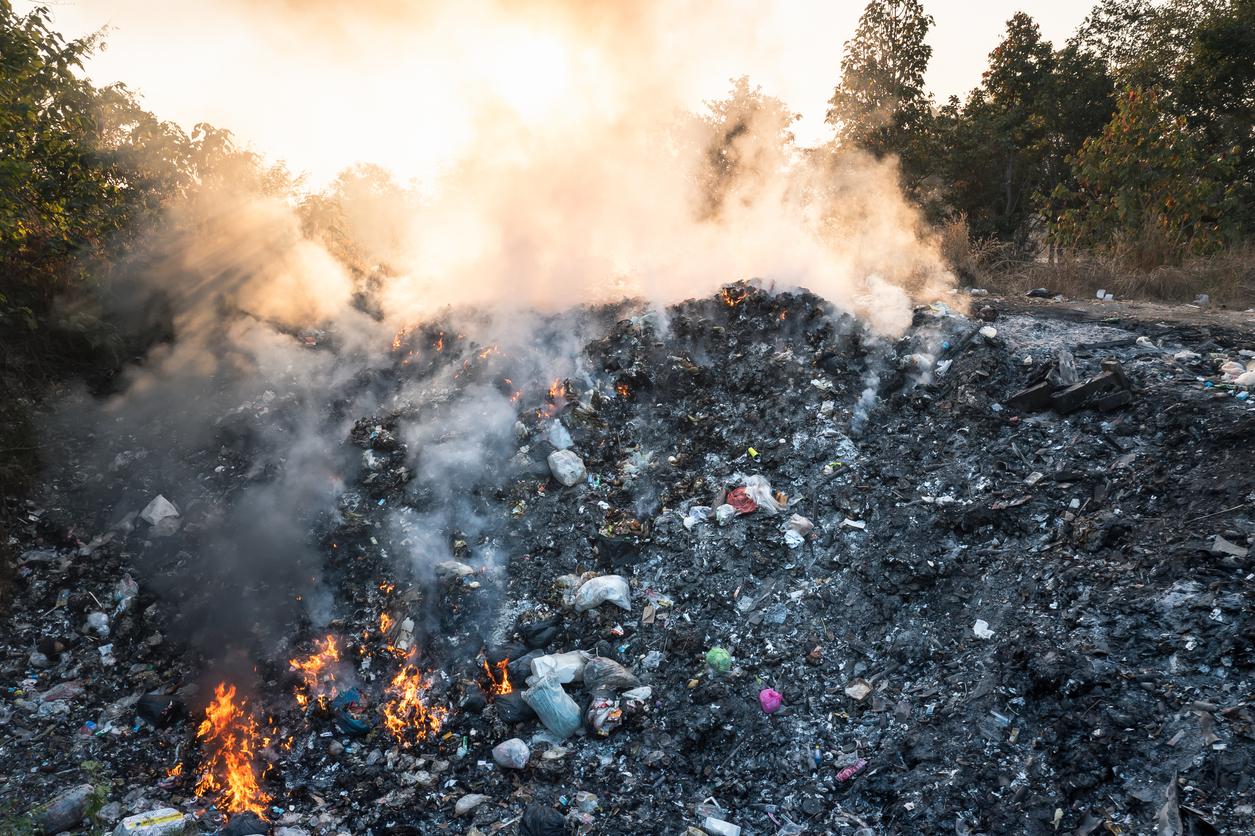Allergic diseases such as eczema or asthma can be aggravated by the air pollutants we breathe, researchers confirm.

- According to a new study, air pollutants (fine particles, pollen, greenhouse gases, etc.) can contribute to the development and exacerbation of allergic diseases by disrupting the skin barrier.
- “Busy roads can have detrimental ramifications on skin health in children, increasing the risk of developing atopic dermatitis” and other future allergies, according to researchers.
- Global warming and pollution have led to “an increase in hay fever, with longer allergy seasons and more allergenic plants.” Pollens, for example, can not only trigger hay fever, but also eczema and asthma.
From fine particles to pollen, greenhouse gases and other harmful substances, air pollutants can contribute to the development and exacerbation of allergic diseases such as eczema, asthma and hay fever. . This is confirmed by a recent study published in the journal Annals of Allergy, Asthma & Immunology. The reason ? They disrupt the skin barrier, which is supposed to protect our skin from external aggressions.
A link between air pollution and the development of eczema in children
To arrive at this observation, scientists from National Jewish Health, a clinical research center in the United States, studied individual pathologies associated with atopic march, a term which refers to the progression of allergic diseases. These often begin at a young age with atopic dermatitis, better known as infant eczema. Over time, children end up developing food allergies, asthma and even hay fever.
Building on previous work, the researchers say they have found a link between air pollution (more precisely a child’s proximity to busy roads) and the development of eczema. “A baby’s skin is sensitive to environmental hazards as it continues to develop and adapt to its new environment outside the womb, they recall in a communicated. However, busy roads can have negative ramifications on children’s skin health, increasing the risk of developing atopic dermatitis.
Also note that global warming and pollution have led to “an increase in hay fever, with longer allergy seasons and more allergenic plants”. Intensified by pollution, pollen, for example, can not only trigger hay fever, but also eczema and asthma.

A disruption of the skin barrier that contributes to allergic diseases
“People are aware of the link between pollution and respiratory illnesses, but we wanted to take the next step and investigate how global warming is damaging our skin, write the authors of the study. We found that pollutants can damage the skin barrier and contribute to allergic diseases that can be passed on to future generations.”
If research continues to make progress in the treatment of these allergic diseases in children, the best way to prevent them is to “minimize exposure to air pollutants from an early age”. And this, keeping in mind that these toxic substances are present not only outside, but also inside homes.

















